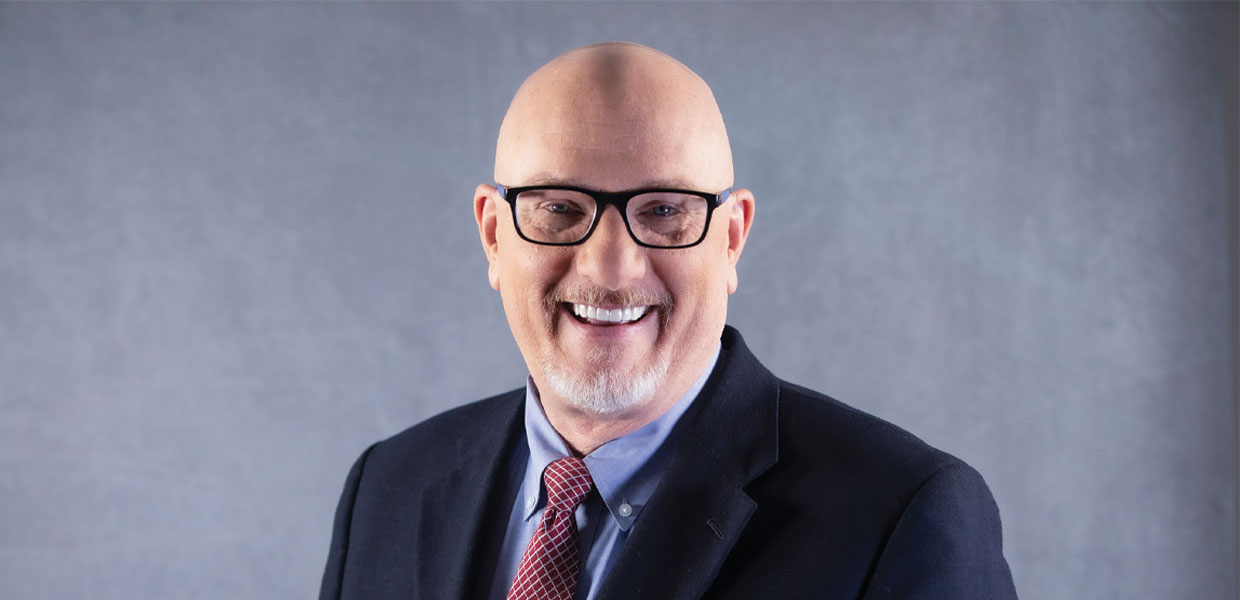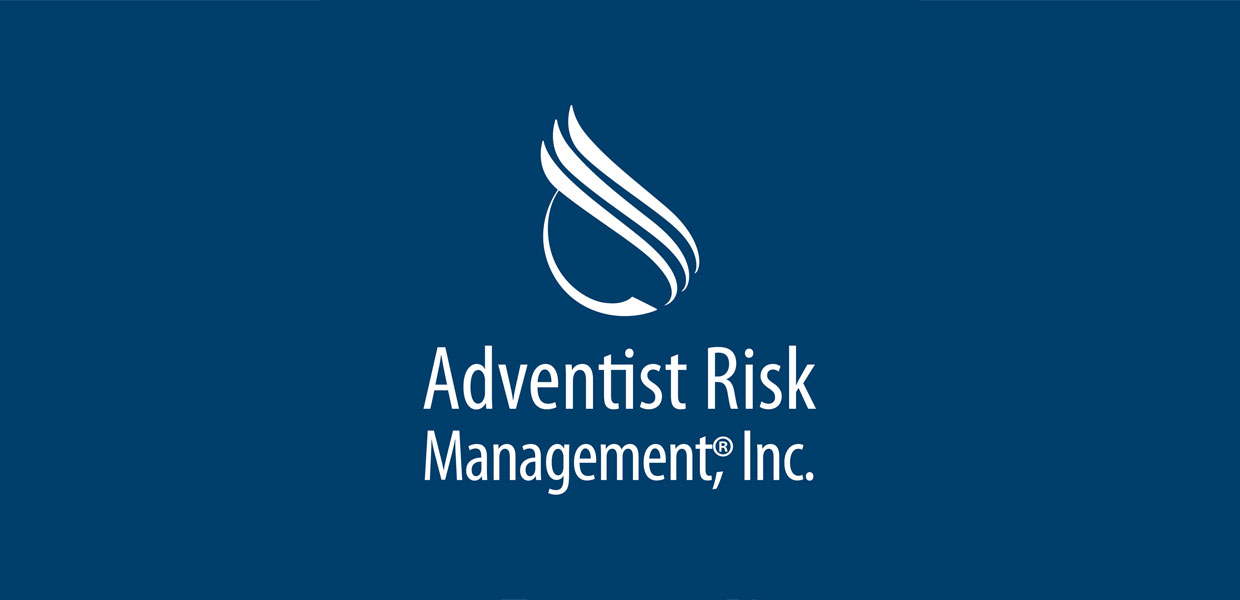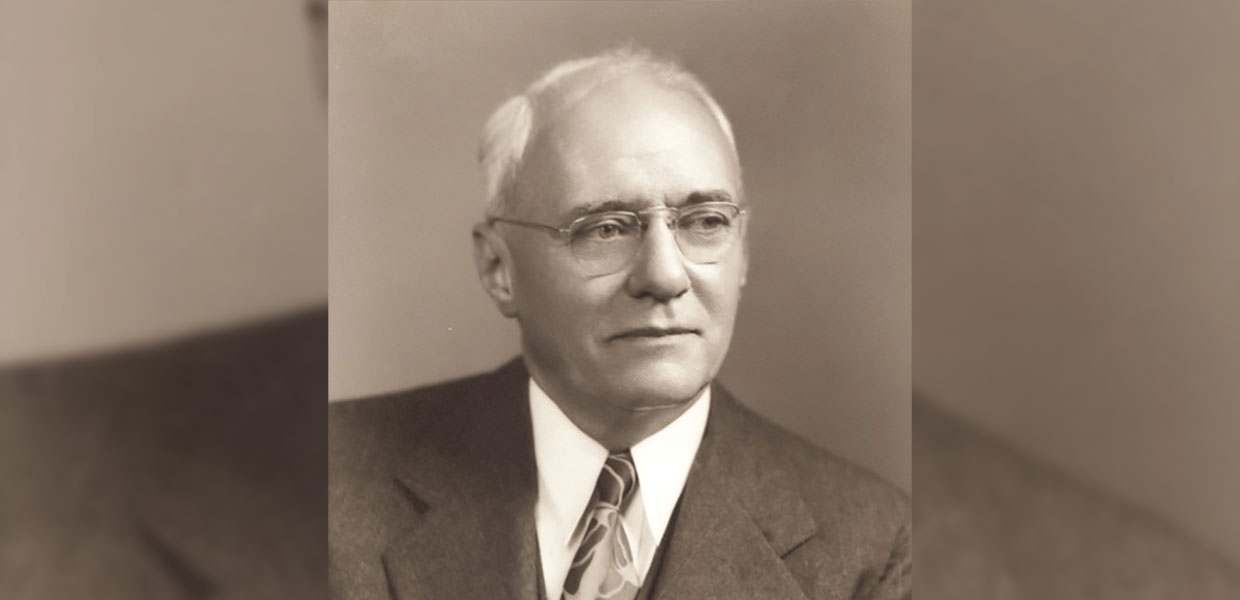



The mission of the Seventh-day Adventist Church is to reach the world with God’s message of love. The ministry of Adventist Risk Management, Inc. (ARM), on the other hand, is to support Seventh-day Adventist Church ministries with risk management and insurance, so that these ministries can better focus on their mission.
Unlike commercial insurance companies, ARM understands that we are you; we are the Adventist Church. Through our personal connections and staff, we have decades of experience, intimately knowing the Church we are a part of. In other words, we don’t serve ministries face-to-face from the outside; we serve the church body from within, shoulder-to-shoulder.
I had the opportunity to join ARM in 2021 as president and chief executive officer, and I have had time to reflect on what makes our ministry and how we operate unique, the challenges facing risk management today, and what you can do to strengthen your ministry.
The origins of what is now Adventist Risk Management began with fires in Battle Creek, Michigan, around the turn of the 20th century. At the time, commercial insurance did not cover many of the losses related to exposures, which led to significant losses to the Adventist Church. In 1936, a church member named William Benjamin came up with the idea of bringing risk management inside the Adventist Church, saving money, and helping further the Adventist mission. ARM accomplishes this through a captive insurance company, meaning we are owned by our insureds.
One of the most important aspects of ARM is that we see our work as a ministry in addition to a business. The core of what we do demands meeting legal and corporate industry standards with attention to regulatory compliance and efficiency. Ministry, on the other hand, hinges on spirituality, grace, and the value of putting the needy first. How we honor these two aspects makes us unique.
If your property is insured by a commercial insurer and there is a fire, the insurance company is going to look to see if there is any way they can conserve their funds. They are going to figure out if there is any language in the policy that allows them to deny a claim. By bringing risk management inside the Adventist Church, we insure ourselves and we always look for ways to pay the claim because we are part of your ministry.
God provides church members from within the Adventist Church to serve you in navigating the problems of loss avoidance and recovery. Twenty years ago, when I was practicing law in Granbury, Texas, I came to ARM to serve as claims director before returning to practice law. For the last 10 years, I was in full-time pastoral ministry. Last year, I was invited to serve as president of Adventist Risk Management.
I believe God has called me and the rest of the ARM staff to use our God-given skills and professional experience to navigate these technical issues from inside the Adventist Church. ARM employs many professionals who come from the commercial insurance and finance industries.
We support these team members in bringing their technical expertise to better insure organizations according to our four values: integrity, compassion, excellence, and transparency. Because we are a faith-based company, we do not see a dichotomy between business and ministry. Instead, we seek to meet organizational needs with sensitivity to ethical and spiritual values.
We have to navigate an important tension between the economics of business relationships and the generosity of ministry. ARM is not large enough to insure the World Church alone. We rely on many insurers in the market to provide limits in excess of those we can sustain internally. These relationships require that we operate with the constraints of written agreements.
Many times, people look to ARM to pay for things under our commercial excess and reinsurance policies. However, we are limited by the policies of insurance, and we can’t always pay for everything that is asked. We are constrained by those contracts, or we would not be able to maintain the business partnerships that allow us to fund the losses of the World Church. In this, it is important for us to live by our agreements.
One of the challenges facing the insurance industry is social inflation. In the 1970s when someone was mistreated, a jury might return a judgment of hundreds of thousands of dollars, or, occasionally, a million dollars. Because we have become more sensitized to mistreatment, these exposures are exponentially more expensive than they were even 10 or 15 years ago. ARM employs five skilled attorneys who defend the liability claims, and, when needed, we employ outside attorneys who can help us try these cases.
The Importance of Risk Management
Our ARM team is doing its best to meet these challenges, but we can better serve the mission of the Adventist Church if we all do what we can, individually, to make our ministries safer. That is why prevention is so critical and why it is our mission to provide engaging and accessible educational resources for all of you to exercise good stewardship.
These challenges and risks can seem overwhelming at times. However, the very concept of insurance was designed to provide people responses to risk. When a church building is damaged or destroyed by a covered event, you have a complete package for its renewal and renovation. This gives you the assurance to focus on your ministry’s mission.
Being prepared to face risk can be empowering for ministry leaders. For example, it is only natural to consider the weight of responsibility of taking a group of Pathfinders on an overnight campout. There is risk at every turn: driving to the campsite, building a campfire, the changing weather conditions, or the activities you participate in on the campout. At the same time, if we know the risks and have done our best to mitigate them, we can feel confident that the blessing of being with God in nature outweighs the potential risks.
Protecting the vulnerable may be one of our most sacred responsibilities. When working with children it is imperative to take necessary precautions to protect them. This includes having windows in doors, not letting one adult be alone with children, and providing adequate supervision at every activity and event. Our children, our vulnerable people in our church, need protection. Individual members can shepherd and protect the most vulnerable in their church, and we act with Jesus in watching for danger signs and reporting them when we see them.
We all know the saying, “If you see something, say something.” But, you need to know what to look for. Many churches have hazards that can create significant injuries to church members or damage our church facilities. All of us can play a part in noticing and reporting these hazards, such as improper extension cord use, loose handrails, bunched-up carpet, and debris that can fuel wildfires.
Noticing other risks can be more delicate but just as important. Are there adults in the church who are always alone with a child that is not theirs? Has a child’s behavior changed in a way that might indicate abuse?
ARM has developed many resources and training opportunities for ministry leaders, pastors, teachers, and safety officers. These resources are available free of charge, and everyone is encouraged to access them. ARM’s resources include forms, checklists, articles, videos, and webinars that make it easy to learn safety skills and take necessary precautions.
We must always ask ourselves: Would I permit this at my house? If not, then how much less should it be in God’s house? Our churches should be models of safety, cleanliness, and appropriateness. Once you know what to be concerned about, you are free to focus on ministry in an environment that is safe for your community.
It is also important to be aware that every claim is a double loss: the first loss is the economic impact of the claim itself, and the second loss is the reputational impact for your church or school because of that claim. Whether it’s minor damage to a building or a child abuse case — which is the other end of the spectrum — people are going to hear about the claim and know about it. How did the Church prevent or address these issues? Reputational risk is always a factor, and that impacts the whole community.
We are a Church body made up of a variety of ministries — some, such as schools and Pathfinders, with enormous risk exposure. Nevertheless, collectively, we do a tremendously good job in protecting the vulnerable, and we see very few claims compared to other organizations. The more we work together, taking initiative to access and implement our awareness and safety resources, the better we advance God’s Kingdom and fulfill our mission to reach the world with the message of God’s love.
is the president and chief executive officer at Adventist Risk Management.
Southern Union | October 2022



Comments are closed.